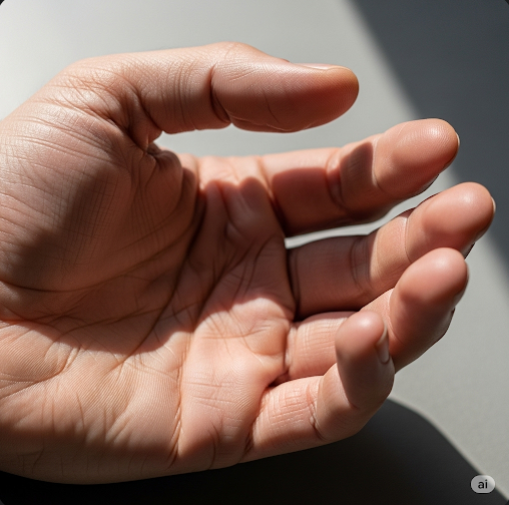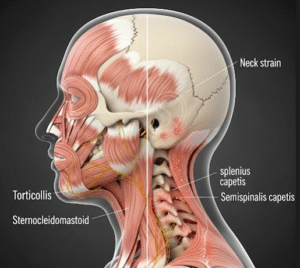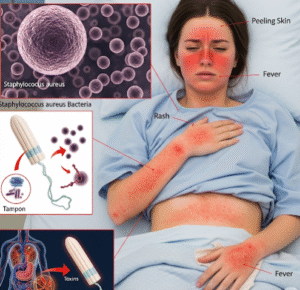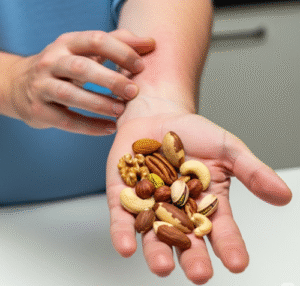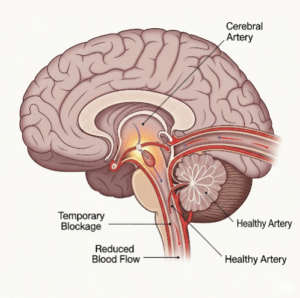Overview
Polydactyly is a congenital condition where a person is born with extra fingers or toes. The term comes from the Greek words “poly” (many) and “dactylos” (digits). These additional digits can be fully functional or underdeveloped and may occur on one or both hands or feet. While often isolated and harmless, polydactyly can sometimes be associated with genetic syndromes or inherited traits. Treatment is usually surgical and highly successful, especially when done early in life.
What is Polydactyly?
Polydactyly is a limb malformation present at birth. The extra digit can range from a small, non-functional bump to a fully formed and functional finger or toe. It is classified into three main types based on location:
- Preaxial polydactyly – extra digit on the thumb or big toe side
- Postaxial polydactyly – extra digit on the little finger or little toe side
- Central polydactyly – extra digit between the other fingers or toes (rare)
In most cases, polydactyly affects only one limb and is not harmful, although it may cause functional or cosmetic concerns.
Symptoms
Symptoms of polydactyly depend on the size, location, and development of the extra digit:
- Presence of one or more additional fingers or toes
- Extra digit may be fully formed, partially formed, or a small fleshy nub
- May include a nail, bone, or joint (or none)
- Occasionally, extra digits can interfere with hand or foot function
- Cosmetic concerns or asymmetry
- Pain or discomfort if the digit causes imbalance or pressure when walking (for toes)
Causes
Polydactyly is caused by abnormal gene expression during early fetal development. It may be:
- Hereditary: Passed down in families as a dominant trait (especially postaxial polydactyly)
- Sporadic: Occurs randomly without a family history
- Syndromic: Associated with genetic syndromes (e.g., Ellis-van Creveld syndrome, Bardet-Biedl syndrome, Greig cephalopolysyndactyly)
The condition develops early in pregnancy when the hands and feet are forming.
Risk Factors
Risk factors that may increase the likelihood of polydactyly include:
- Family history of polydactyly
- Certain ethnic backgrounds (e.g., more common in African populations)
- Genetic syndromes that involve skeletal abnormalities
- Maternal exposure to certain medications or substances (rare)
- Consanguinity in parents (increases risk of syndromic forms)
Complications
Polydactyly is usually benign, but possible complications can include:
- Functional limitations if the extra digit impairs grasping or walking
- Social or psychological effects due to appearance
- Deformity of surrounding digits or joints
- Difficulty fitting shoes or gloves
- Nerve or blood vessel involvement requiring complex surgery
- Associated syndromes may involve other organs or systems
Prevention
There is no guaranteed way to prevent polydactyly, especially when it is inherited. However:
- Genetic counseling is recommended for families with a history of limb abnormalities
- Prenatal ultrasound can detect polydactyly during fetal development
- Early diagnosis can help plan timely treatment and assess for syndromic causes
- Avoiding harmful substances during pregnancy supports overall fetal development
Treatment Options in Korea
South Korea offers advanced and highly successful treatment options for polydactyly, especially in major pediatric and orthopedic centers.
1. Surgical Treatment
- Excision of extra digit is the most common treatment
- Usually performed between 6–12 months of age
- May involve reconstruction of tendons, ligaments, or joints
- Minimally invasive techniques are available for simple cases
- Complex cases may require multi-stage surgery or specialist intervention
2. Preoperative Evaluation
- X-rays or ultrasound to evaluate bone and joint structure
- Genetic testing if syndromic conditions are suspected
- Pediatric orthopedic consultation for surgical planning
3. Postoperative Care
- Wound care and dressing
- Physical therapy if needed for hand or foot function
- Follow-up visits to monitor growth and healing
4. Top Hospitals in Korea
- Severance Children’s Hospital
- Samsung Medical Center (Pediatrics & Orthopedics)
- Asan Medical Center
- Seoul National University Hospital
These facilities offer:
- Pediatric orthopedic surgeons with extensive experience
- Cosmetic and functional reconstruction expertise
- English-speaking care teams and international patient support
- State-of-the-art surgical technologies and follow-up care

